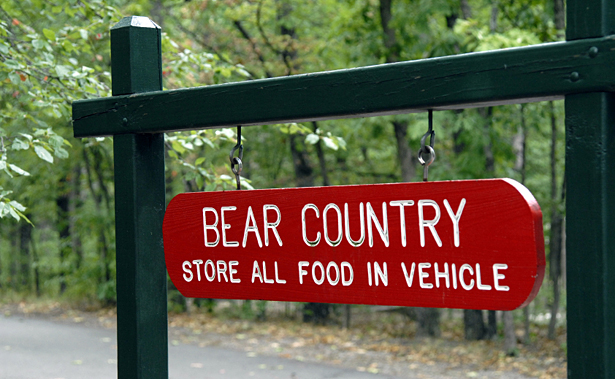natural resources
Carnivore Mystery: Why Fishers Thrive in East, Not West
Lignin Breakthroughs Serve as GPS for Plant Research
Caught on Camera: Tree-Dwelling Orangutans on Ground
A Wealth of Wildlife, Right in the Backyard
The Origin of Flowers: Tree Experts Help Unravel Evolutionary Mystery
Rainforest Life: Food Versus Fear
Tree Change: Is Raleigh Becoming More Like Baltimore?
The Housing Bomb: 5 Questions With Nils Peterson
Slow Burn: Fall Foliage Taking Its Time
New Carnivore in the Cloud Forest
Trust and Towns in Transition
Powerful Animal Tracking System Helps Research Take Flight
Hairpin Turn: Micro-RNA Plays Role in Wood Formation
